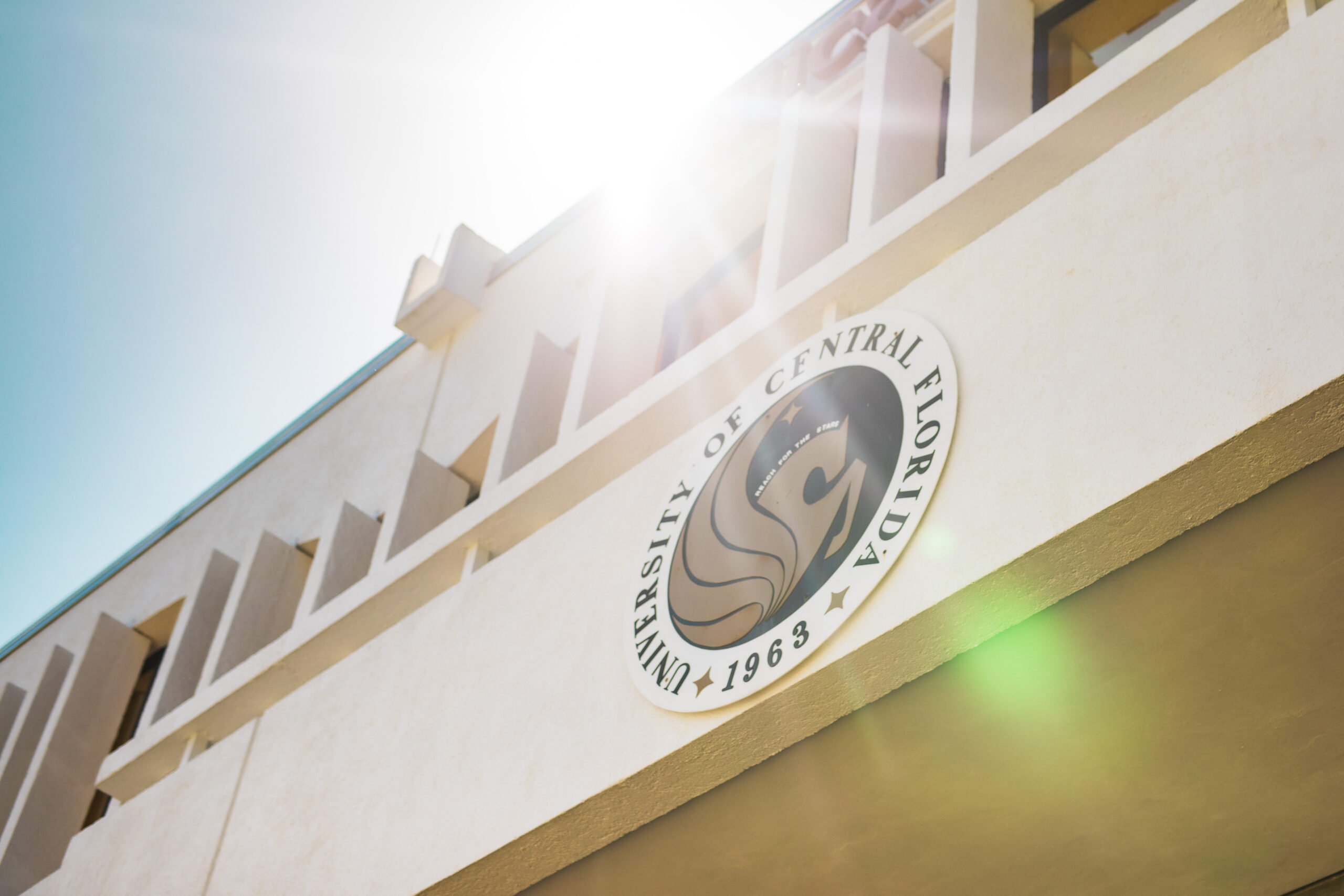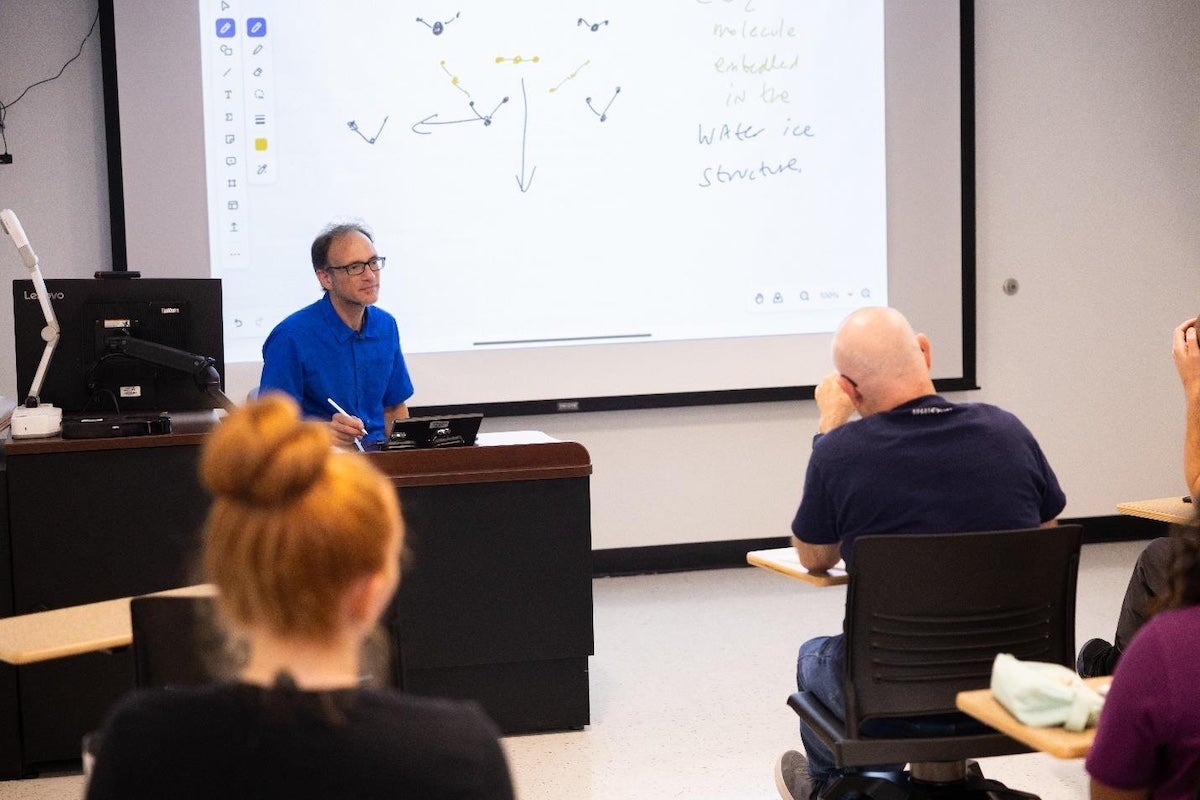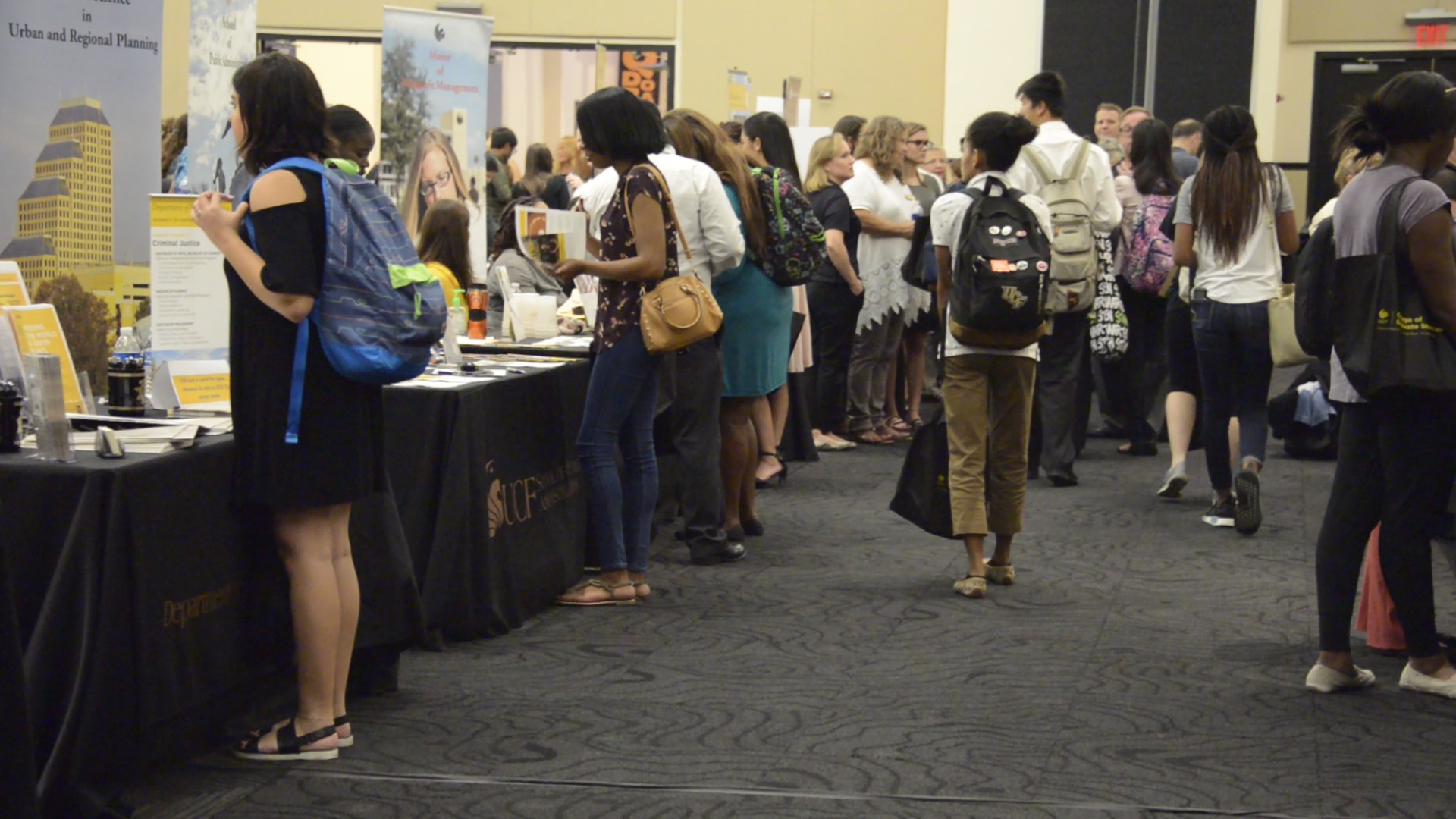UCF Researchers Design Custom-Fit 3D-Printed Medical Devices for Infants
In emergency situations when doctors have to open an infant’s airway to insert a breathing tube, there usually are no tools available to help them, meaning they must use fingers and other means.
University of Central Florida researchers, however, may be able to change all that with new, patient-specific 3D-printed laryngoscopes, the devices doctors use to lift a patient’s epiglottis for examinations and breathing-tube insertions. The devices can be made so small for use with day-old babies.
The researchers presented their proof-of-concept ability to manufacture the devices at the Additive Manufacturing Meets Medicine conference in Lübeck, Germany, last week.
“The idea is to automate the process,” says Jack Stubbs, director of UCF’s Prototype Development and 3D Print Lab. “If you’ve got this small kid that’s come into the ER and you have to insert a breathing tube into them, there are no standard devices that fit their anatomy because they are so small, or maybe they have non-normal anatomy. What we want to do is go from imaging a CT or MRI scan to a 3D-printed specific medical device in 30 minutes or less.”
In their presentation, the researchers detail how they used data from three unidentified pediatric cases from Nemours Children’s Hospital in Orlando to design interchangeable laryngoscope blades small enough to open the airway of the patients, all of whom were less than 18 months old.
Fluvio Lobo is the principal research and development engineer at UCF’s Prototype Development and 3D Print Lab and a co-author of the study.
“In the presentation, we’re showing that we can create something to fit what the patient needed,” he says.
Medical-device manufacturers don’t make laryngoscope blades for infant patients because of the low number of cases, Stubbs said.
“A device manufacturer is not going to start up a production run to make, say 700, of this specific size because it doesn’t make business sense,” he said. “So, nobody’s making specific, custom little blades, so why not 3D print them exactly to the anatomy,” he says.
Currently, doctors usually must improvise using fingers or items available to open a small child’s airway for a laryngoscopy. And if the laryngoscope blade is too large, it can cause damage to a patient’s throat.
Since they are specific to a patient’s anatomy, the flexible laryngoscope blades created by UCF are designed to minimize trauma to the patient.
The researchers began the work earlier this year, and it was funded by the Elizabeth Morse Genius Foundation. Patents have been filed on the devices, and after further testing, could one day be commercially available.
“What we’d like to do is have a small printer in the operating room – everything would be sterile and contained there – print it out, and then you could use it, and then throw it away,” Stubbs said. “Anytime you can save time, money and trauma in surgery, you’re helping out.”
Coauthors of the paper also include Robert Sims, Matthew Boutelle and Jim Inziello with the Prototype Development and 3D Print Lab, which is part of UCF’s Institute for Simulation and Training. Key contacts at Nemours Children’s Hospital were Dr. Craig Johnson, a pediatric intervention radiologist, and Pushpak Patel, a radiology technician.
Stubbs received his bachelor’s degree in physics from Miami University and has worked in the field of custom medical devices for nearly 30 years, including heading the Medical Device Center at the University of Minnesota and overseeing projects for the U.S. Army Research Lab. Stubbs’ work has resulted in more than 50 patents, and he joined UCF in 2015.
Lobo received his master’s and bachelor’s degrees in biomedical engineering from the University of Minnesota and his bachelor’s degree in engineering mathematics from Carrol College. He joined UCF in 2015.
Share This Article

UCF Women’s Club Honors 3 Graduate Students with Prestigious Sheila B. Somerville Scholarship
Financial support is often the cornerstone of academic success, and for many students, scholarships open the door to higher education. Beyond easing financial stress, these awards provide recognition, motivation, and a...
Latest News

UCF Launches 1st Planetary and Space Sciences PhD Program in Florida
As SpaceU, UCF is pushing the boundaries of exploration by launching a groundbreaking new doctoral program in the planetary and space sciences. Now, aspiring researchers can apply to the inaugural cohort of...

UCF Fulbright Awardees Bring Their Passions to a Global Scale
Each year, the Fulbright Program offers opportunities for American students to conduct research, teach English, or pursue graduate study abroad. One of the most prestigious international exchange programs in the...

Unleash Opportunities with a UCF Graduate Degree
A graduate degree has the power to unleash opportunities by expanding careers, opening doors to new fields, and increasing lifetime earnings. According to the U.S. Bureau of Labor Statistics (2024),...

UCF Rosen College Ranks No. 1 in the World for Hospitality Education for 2025
One of the most anticipated theme parks in the world is about to open its gates — and right next door, the No. 1 hospitality and hotel management school on...